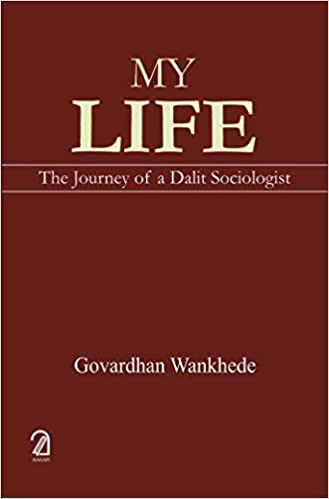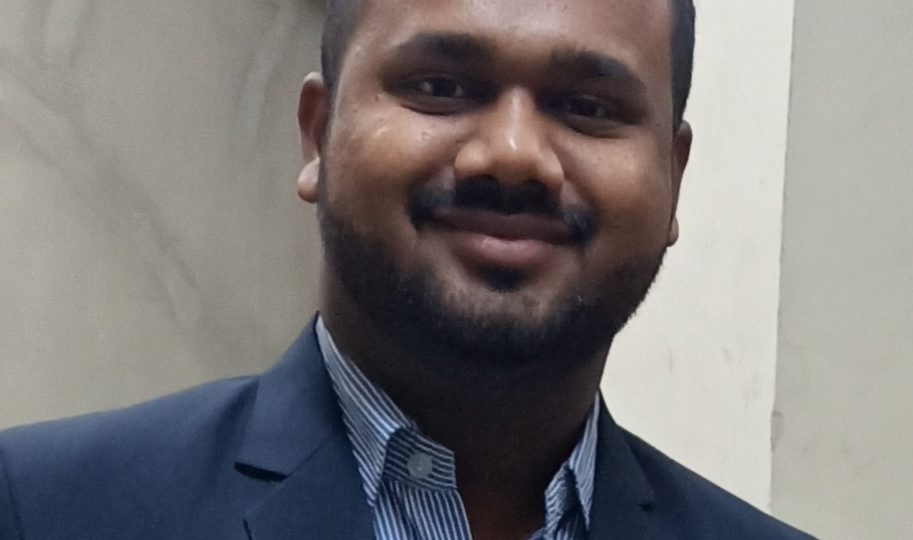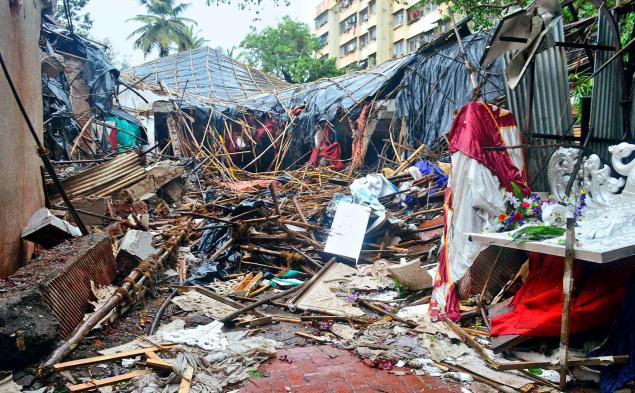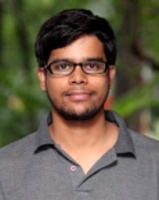Vinay D Damodar
This book is dedicated to all those struggling for social emancipation and self-respect.

I started reading it in the month of January, 2021, and I really liked the book. This life story of a Dalit sociologist inspires you, and also shows the path to some struggling students from marginalised backgrounds. The author of the book takes the reader on a journey with him, to the life of Dalit sociologist. Coming from the same geographic and sociological location and facing similar challenges in life, it become very easy for me to relate to it. And also increases the curiosity to know about the journey of Govardhan Wankhede Sir. The reader not only gets to know about the Wankhede Sir’s life but also witness the changing scenario of the Ambedkarite movement and changes happening in India.
The book can be read in many different ways: for motivation and for academic purposes. The author has articulated very well his life journey in crisp and simple language. The best part of the book is the contents and the order in which they are organized. Many readers will like to write their lived experiences after reading the book.
In the book, many things have been mentioned which have now changed with the passage of time, but there are still some issues that have remained the same.
The introduction to Maharwada, the locality of Mahars in a village, and portrays it almost like a ghetto. The Mahar caste was known for its loyalty and bravery. During the British period in India, the government re-established the Mahar regiment, owing to the concerted efforts of Dr. B. R. Ambedkar, and it exists even today in the Indian Army. However, in society, the Mahars were shunned as a ‘lower caste’. Their households were situated in the eastern outskirts of the village: small mud houses, built with with cheap, locally available materials in congested narrow lanes. A common well met the water needs of the community. Even if one wanted to change the system, one would have to take on the vicious all powerful panchayat (the village leadership). The panchayat’s decisions were final and they could dictate terms on any issue, from the socio-economic to the personal.
There were no toilets: men and women used the open spaces around the village, prominently closer to Maharwada, in the east of the village, so that wind doesn’t carry the stench to the ‘upper castes’ in their cosy, west located homes. The Mahars, however, had no such respite.
The conditions of SCs and the importance of Milind College of Aurangabad is explained in the following manner:
The local SCs were in a pathetic condition. Their dependence on upper castes and Muslims was very high. Gross unawareness, illiteracy, poverty and untouchability were major problems faced by them. The local SC youths remained uneducated except for a few who reached the secondary level. On the other hand the college going students in the vicinity of Milind College used to come to study from all over Maharashtra and stay in SC localities. It was noteworthy to see the enthusiasm for education among these youths. During the exam preparations the library used to be crowded and it was actually an impediment for concentration. Many students including the author, used to go out into the open spaces around the campus, to sit under trees to study. The rooms were small and full of heat with iron sheets, so sitting outside in the fresh air was actually better. Again, the author calls this a tidal wave of the social and educational movement that was started by Babasaheb. Thousands of students graduated every year despite all social and financial odds. The city of Aurangabad and Milind College were considered to be the centre of a spirited educational and social –political movement. This has contributed in a big way to the community in general and to Babasaheb’s mission. The author feels proud about his association with the college and acknowledges he owes a lot to it because it helped his own educational career. He feels the college laid the foundations of social awareness while also helping develop a sense of self-respect among millions.
The condition of SC and ST students at JNU and discussions on Dr. Ambedkar is very well explained by the author:
The SC-ST students who were admitted through the reservation quota had their formal and informal groups. They used to meet formally and informally to discuss their academic, social and political problems. The SCs from Maharashtra used to be in the forefront and take the lead. Discussions on Dr. Ambedkar’s life, his political ideology, his contribution to the nation and the situation of Dalits, reservation etc., used to be the core issues of discourse. The ST students from the north-east and other parts of country who were unaware of him used to show reluctance and be passive over the issues. But slowly they understood and were convinced about Dr. Ambedkar and his role in the country. However these students were divided on political lines. Some were in the support of left ideological outfits, particularly SFI, because they dominated the political scenario. The others were fully in support of Ambedkar and his ideology while a few others were neutral. They also had the Ambedkar Study Circle engaged in organizing lectures and discussions on Dalit issues.
The author belongs to the first generation of the movement initiated by Dr. Babasaheb Ambedkar and as is the case with the first line, he had to face problems at many levels. However, even if the intensity of such problems has weakened to a great extent now it continues to exist in new forms. Awareness, access and affordability are restricted to a very few, whereas the majority continues to be out of discourse. This differs from generation to generation and caste to caste among all the communities in general and among the Dalits in particular. But the issue of identity crisis became stronger when everyone started taking pride in their own caste(s). The author questions: ‘do we need to relearn the sociology of India?’ This needs to be answered after understanding the different challenges, expectations and hopes for the future of Dalit youth. The author finishes the book by saluting Dr. Babasaheb Ambedkar.
‘My Life: The Journey of a Dalit Sociologist’, written by Govardhan Wankhede, is published by Aakar Books.
~~~
Vinay Damodar is an Ambedkarite research scholar currently pursuing PhD in Inclusive Development and Social Justice, from Centre for Study of Social Exclusion and Inclusive Policies, Tata Institute of Social Sciences, Mumbai. His interest lies in intersections of Caste, Anti-caste movement, the Politics of Ambedkarite groups, Dr. Ambedkar’s thoughts and vision, etc. He hails from Bhim Nagar, Akola, Maharashtra.










